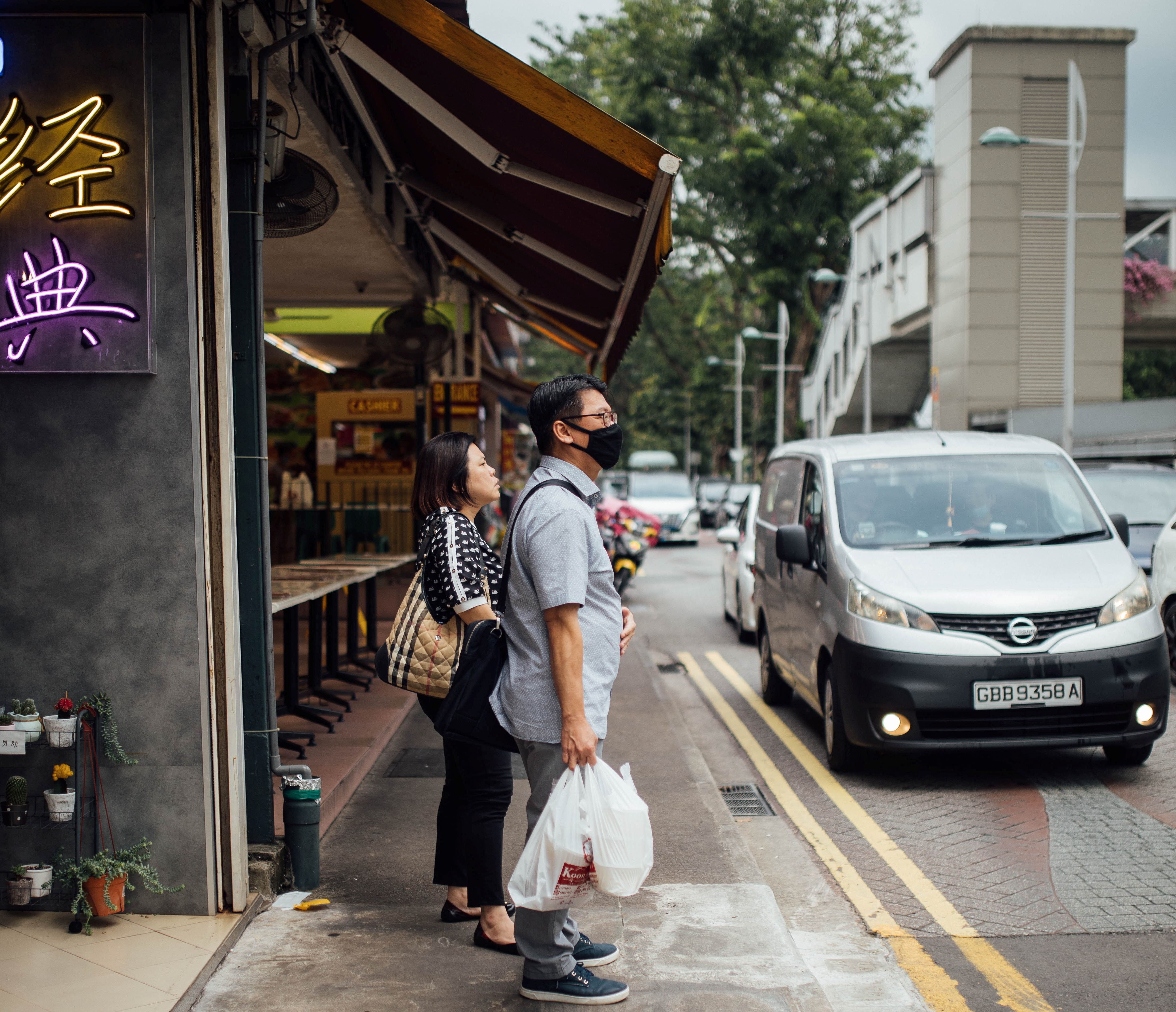Business and industries have been hit hard across the globe due to the Coronavirus pandemic and this is no news anymore. Industries like tourism, transportation, education, and others have taken the worst hit. And this has led to an obvious change in consumer behavior. People are adapting to the new normal and this in turn, is changing the way we look at doing business.
We tracked the conversation around the changing lifestyle and consumer behavior during the COVID-19 times. And here are the major updates.
Shopping Behavior is Changing
As COVID-19 continues to impact businesses, there has been a decline in income levels. This clearly shows a trend in how consumers have shifted their shopping habits. People are spending on essentials, not obligatory items (except for some regions in China and South Korea). Consumer behavior has turned the most in countries like Brazil, South Africa, and India. As a result, the net intent to spend on items is at an all-time low. Consumers in most countries are willing to spend on household supplies and items of personal care. South Korean consumers are spending on food takeout, fitness products, skincare, gasoline et cetera. Even though the intent to spend is low among consumers right now, most consumers expect reduced pessimism towards future expenses.
Net Consumer Optimism
Most consumers expect the COVID-19 situation to have a long-lasting impact and hence the overall consumer optimism is low. This is mostly because people are expecting a change in their daily routine for four months or more, especially the consumers in hard-hit nations. Consumers from countries like India, China, and the UK have shown a sharp decline in optimism. But there are consumers in the US, Germany, Brazil who are optimistic about economic recovery.
A shift towards Online Markets
There’s an obvious shift towards online marketplaces and eCommerce.This comes to play as consumers want to reduce the chances of contact. Intent to shop online has significantly gone up in countries like India, the US, South Korea, and Japan among others. While monitoring and measuring the impact, we noticed an increase in consumers using digital and contact-less ways of shopping for essential goods and others. Studies show 24% of Canadians are more likely to shop from one-stop big-box retailers like Costco and Walmart. 18% of Canadians plan to shop from online retailers like Amazon. This shift towards digital shopping gets more intensified with the millennials and Gen Z consumers. Tracking consumer behavior during this crisis has shown interesting trends within some industries like online health and fitness apps, online porter/concierge services, online learning for children et cetera. Many new customers show the intent to stay loyal to these services post the COVID-19 pandemic.
Brands are Expected to be Responsive
It is obvious that almost everyone is in panic mode and wants to stay safe. Most consumers don’t feel comfortable in engaging with out-of-home activities. They expect visible safety measures being implemented at restaurants, stores et cetera. A critical criterion for most consumers when they are choosing to shop in-store is the use of proper cleaning and sanitary protocols.
Beyond this, consumers have indicated that they want to hear from brands. They want to know how brands are operating during these times. Consumers expect brands to make their products and services evolve to meet the current situation, even if it results in some momentary economic loss. The biggest concern among stakeholders shows they want brands to be transparent about how the business is doing and what the future plan holds.
Learning from this Changing Landscape of Consumer Behavior
The shift in consumer behavior is evident enough with the prime reason being the home-bound lifestyle we are all being forced to adapt. Even for places that are re-opening, there are a set of rules to abide by. In this light, here are a few lessons all brands can draw upon and start adopting in the future.
- Online shopping has seen a clear jump in numbers. You may want to start investing in online selling options if yours is primarily a brick and mortar set-up.
- Although people are ordering online and getting food delivered, they are opting for safer options. Make sure you are implementing safety measures and letting your customers know about this. Communicate and let them know they can trust you!
- There has been a sharp decline in luxury purchases, but the pandemic is not here to last forever. Invest in increasing brand awareness and plan your budget allocation accordingly.
- Lastly, marketers need to be active on social media, engage with consumers and communicate. Outdoor campaigns won’t work for at least some months, so adopt a more diverse digital marketing media mix. Keep an eye out for consumer inquiries and reviews and respond in real-time.
We will continue to track public sentiment over time. We are in the middle of a crisis and no one really knows how these trends will shift with time. One thing we can say is that if a brand stays alert and proactive, the business may avoid being badly affected. If it is taking a hit right now, work at growing a stronger bond with customers, so your future prospects are sealed in cement.

